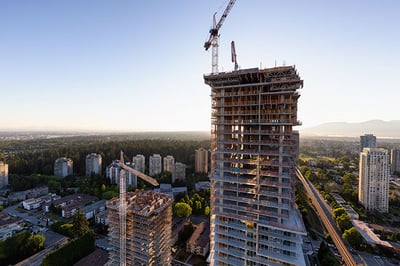Page 6 51 - 60 of 143
Can an LLC Be a Qualified Opportunity Fund?

Here are a few basic facts about the Opportunity Zone program, which came into being as part of the Tax Cuts and Jobs Act of 2017.
Are Public Benefit Corporations Eligible for Opportunity Zone Investments?

While investment opportunities used to include a limited selection of ways to pursue income, things have changed in the investment market over the years. In addition to various types of stocks and bonds, there are also dozens of different types of real estate investment options that investors can choose from. However, there are some restrictions on some of these options that make it difficult for certain types of entities to invest in specific real estate offerings. Qualified Opportunity Zones are one such example of specialized investment classes, one which many people wonder are open for investing from Public Benefits Corporations.
Are Contiguous Census Tracts Available for Qualified Opportunity Zones?

The Tax Cuts and Jobs Act of 2017 contained many new tax incentives designed to spur long-term investments, especially in impoverished and distressed neighborhoods that historically had been overlooked by investors and developers.
Can You Combine Opportunity Zones and New Market Tax Credits?

Opportunity Zones and New Market Tax Credits both provide tax benefits to taxpayers who invest directly into low-income neighborhoods that historically have been overlooked when it comes to new investment capital.
Can Medical Equipment Be Used as Improvement in Opportunity Zones?

Plenty has been written about the Opportunity Zone from the point of view of Qualified Opportunity Business Zone Property, or QOBZP. However, when it comes to defining “property,” the main focus tends to be “real estate.” As such, many of the examples pertaining to assets and substantial improvement involving Qualified Opportunity Zones (QOZs) and their investments via Qualified Opportunity Funds (QOFs) range from ground-up construction to renovation or rehabilitation.
Are Opportunity Zone Investments Subject to Alternative Minimum Tax (AMT)?

If there’s one thing that’s for certain, you can’t escape taxes. To make sure individuals don’t take advantage of too many tax loopholes and at least pay a minimum amount of tax, the U.S. government placed a floor on the percentage of taxes that a taxpayer must pay to the government, known as the alternative minimum tax, or AMT.
Page 6 51 - 60 of 143






